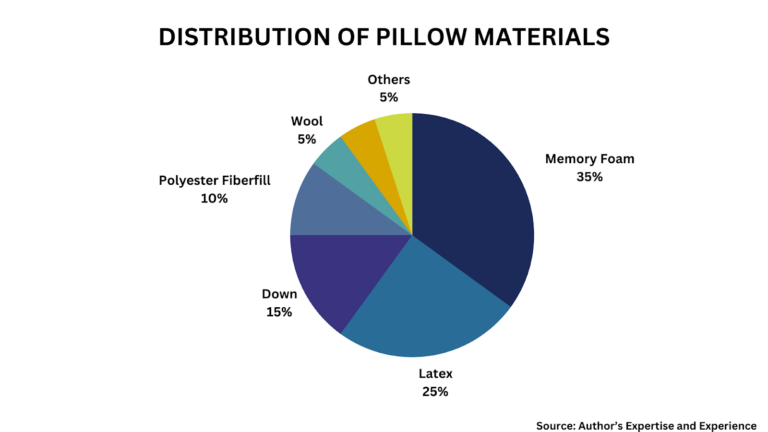Cryolipolysis Explained: How Fat Freezing Works to Sculpt Your Body

New technologies are constantly being developed in the never-ending pursuit of a more toned, trimmer body, providing alternatives to conventional approaches such as diet and exercise. Cryolipolysis, also called fat freezing, is an innovation that has grown in favor in recent years. This non-invasive method claims to contour the physique by targeting and removing stubborn fat cells without surgery or recovery time.
This thorough guide will cover the science behind cryolipolysis, examine how it operates, review its efficacy and safety concerns, and answer all your questions about this ground-breaking fat-loss method. Let’s get started!
Knowing Cryolipolysis: The Science of Freezing Fat
The idea behind cryolipolysis is that fat cells are more susceptible to low temperatures than the tissues around them. The adipose tissue apoptosis method entails targeting and freezing specific fat cells by controlled cooling.
To freeze the fat cells without harming the skin or other tissues, a fat freezing machine is attached to the desired location throughout the treatment and provides precise chilling. This device precisely targets areas of undesired fat, including the thighs, love handles, or belly, during a cryolipolysis session.
While the surrounding tissues remain unaffected, the low temperature causes the fat cells to freeze and finally die off. The body gradually processes and eliminates injured fat cells, giving the treated areas a more toned and sculpted appearance.
How Fat Freezing Operates: An Explicated Process
Consultation and Evaluation: People usually consult with a trained professional prior to cryolipolysis to discuss their goals and determine whether they are a good candidate for the operation. After assessing the problem areas, the practitioner will design a unique treatment strategy.
Treatment Session: The patient is positioned comfortably, and the targeted area is covered with an applicator and gel pad. The temperature of the fat cells beneath the skin is gradually lowered by the applicator’s-controlled cooling of the skin’s surface.
Cooling and Fat Cell Destruction: Fat cells undergo a process known as crystallization when they are exposed to the cold, which causes them to freeze and eventually die. The body uses its lymphatic system to get rid of these damaged fat cells gradually.
After the process, patients may have modest side effects, such as transient swelling, redness, or numbness in the treated area. Post-treatment care should be provided. These usually go away on their own in days or weeks.
Efficiency and Outcomes: What to Anticipate?
Because cryolipolysis is well known for its capacity to target specific fat pockets that resist diet and exercise, it is a desirable non-surgical option for those looking to contour their bodies. Many patients report noticeable improvements in the treated areas within weeks to months after the surgery, while individual results may vary. Usually, numerous treatments spaced several weeks apart yield the best benefits.
Safety Factors and Adverse Reactions
Cryolipolysis’s non-invasiveness is one of its main benefits over surgical methods like liposuction, as it typically entails less risk and downtime. But, there are some adverse effects and things to be careful of, just like with any cosmetic procedure:
- Transient adverse Effects: Bruising, redness, swelling, numbness, and discomfort in the treated area are common transient adverse effects. These typically go away on their own in days or weeks.
- Rare Complications: Although uncommon, more severe side effects have been documented, including paradoxical adipose hyperplasia (PAH) and a rise in fat volume in the treated area. These incidents are rare, though, and usually go away with additional care.
- Expectations and Patient Selection: Choosing the right patient is essential to guaranteeing the best results and lowering the chance of problems. Candidates should be aware that cryolipolysis is a body-contouring procedure rather than a means of weight loss and have reasonable expectations regarding the outcome.
Common Questions Concerning Cryolipolysis
1. Can cryolipolysis cause pain?
Most patients report minimal discomfort during the surgery, which is generally well-tolerated. Some people may experience pressure, tingling, or chilly feelings; these symptoms usually go away as the area numbs.
2. What is the duration of a cryolipolysis session?
Treatment sessions vary in length according to the size and quantity of regions being treated, usually lasting between 35 and 60 minutes per area.
3. When can I expect to see outcomes?
As the body progressively removes the damaged fat cells, the best benefits usually appear two to three months after the operation. However, some people may notice changes in as little as a few weeks.
4. What number of sessions are required?
The target area, individual goals, and other variables affect the needed sessions. A single session is sufficient for many people to obtain excellent outcomes, but numerous treatments spaced several weeks apart may benefit others.
In conclusion: Would You Benefit from Cryolipolysis?
One of its main advantages is that cryolipolysis doesn’t involve surgery or recovery time, making it a practical choice for people wishing to reduce localized fat deposits without doing invasive operations. As the body works to remove the damaged fat cells with the help of a fat-freezing machine, results usually appear gradually, a few weeks to months following therapy.
A better-toned body and reduced stubborn fat pockets can be achieved with cryolipolysis, a noninvasive, safe, and effective treatment. This fat-freezing machine lets people contour their bodies without requiring surgery or recovery time by precisely identifying and freezing fat cells.
Cryolipolysis provides a secure and efficient means of addressing troublesome fat areas and achieving a more toned body without requiring surgery. To determine if cryolipolysis suits you and your objectives, speaking with a licensed professional is crucial. Cryolipolysis can be successful with appropriate patient selection, reasonable expectations, and adherence to post-treatment care requirements.





